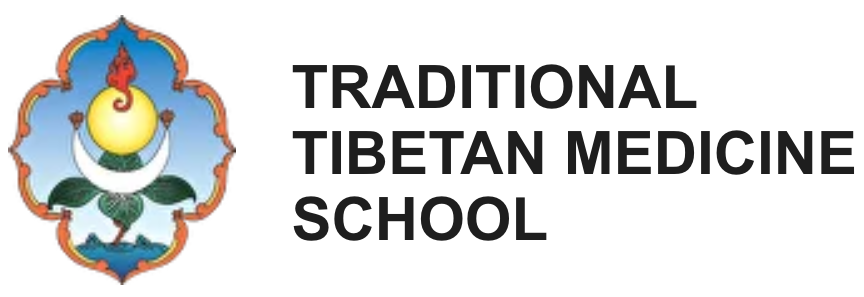TRADITIONAL TIBETAN MEDICINE, KNOWN IN TIBETAN AS SOWA RIGPA.
Traditional Tibetan Medicine (TTM), known in Tibetan as Sowa Rigpa (གསོ་བ་རིག་པ།), is the traditional medical system of Tibet and the Himalayas. TTM is one of the oldest healing traditions in existence, yet it remains fully alive and interact in the modern world.
Sowa Rigpa originated in the high Tibetan plateau and integrated elements from the medical systems of ancient India, China, and Greece, forming an unique medical tradition with a distinct Himalayan character shaped by both pre-Buddhist and Buddhist thought.
HOLISTIC APPROACH
The Tibetan word Sowa can be translated as 'healing' or 'nurturing', while the word Rigpa means both 'science' and 'awareness'. Thus Sowa Rigpa (or Sorig for short) can be understood as both:
The Tibetan word Sowa can be translated as 'healing' or 'nurturing', while the word Rigpa means both 'science' and 'awareness'. Thus Sowa Rigpa (or Sorig for short) can be understood as both:
'The Healing Science'
a system of medical knowledge and practice that brings relative balance and health of body, energy, and mind.
a system of medical knowledge and practice that brings relative balance and health of body, energy, and mind.
'Nurturing the Awareness'
a tool to understand the nature of your mind and the universe and accomplish absolute balance and liberation.
a tool to understand the nature of your mind and the universe and accomplish absolute balance and liberation.
TTM cultivates the 'two flowers' of good health and longevity as a foundation for our lives and activities. From these flowers, the resultant 'three fruits' grow:
- spirituality ཆོས། chö
- wealth ནོར། nor
- happiness བད་བ། dewa
THE FOUR MEDICAL TANTRAS
The essence of TTM theory and practice is contained within the Four Medical Tantras ( གྱུད་བཞི། Gyud Zhi), considered the root text of Tibetan Medicine:
The essence of TTM theory and practice is contained within the Four Medical Tantras ( གྱུད་བཞི། Gyud Zhi), considered the root text of Tibetan Medicine:
- Root Tantra an essential map of the entire medical system, including the basis of health and disease.
- Explanatory Tantra an exposition of anatomy, physiology, and embryology, as well as diagnosis and treatment.
- Oral Transmission Tantra a detailed presentation of diseases from eight major branches of pathology, with treatments.
- Final Tantra instruction in practical and clinical medicine.
UNIQUE METHODS
TTM's diagnostic and therapeutic methods include:
TTM's diagnostic and therapeutic methods include:
- a highly effective diagnostic system with emphasis on pulse reading and urine analysis
- a system of constitutional typology used in both diagnosis and treatment
- regiments for diet and lifestyle
- a vast materia medica containing thousands of plant-, mineral-, and animal-based medicines
- sophisticated external therapies such as Ku Nye massage, Horme oil therapy, bloodletting, herbal baths and compresses, moxibustion heat therapy, acupuncture, cupping, and Yukchö stick therapy
- unique Nejang healing yoga practices and meditation and mantra techniques
ELEMENTS & ENERGIES
According to both TTM and Buddhist cosmology, everything in our bodies, minds, and the world around us is made up of five fundamental elements:
According to both TTM and Buddhist cosmology, everything in our bodies, minds, and the world around us is made up of five fundamental elements:
These five elements can be combined into three dynamic principles or Nyepa (ཉེས་པ།):
According to TTM, the nature of health is balance. By maintaining balance of the three Nyepa, disease is preventet, and by restoring balance, it is cured.
